Here's a little-known fun fact - candle wax can be made from… insects.
Candle wax is usually made from parafarin, soybeans, some vegetable waxes and animal fats. However, in Asia there is a special wax produced from an insect called the “white wax worm”.
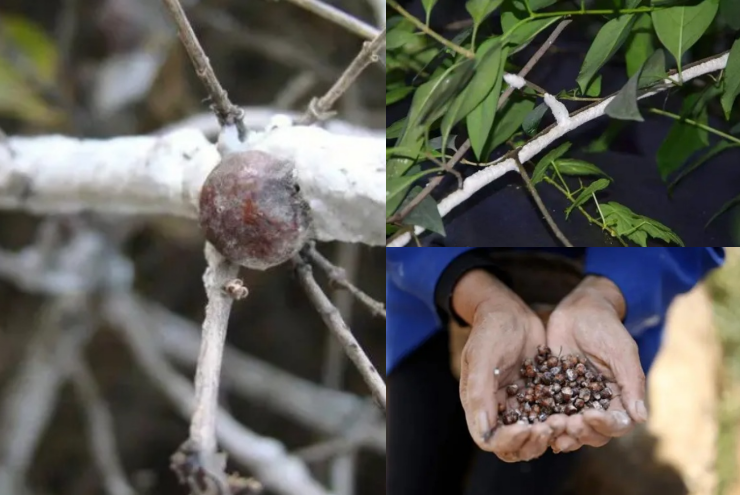
They usually live in groups on privet and ash trees, then secrete white wax on the branches. In the early morning, people will use a knife to cut off the wax-covered branches. Then, they put them in a pot of boiling water to melt the wax and float on the water surface, after cooling the wax will solidify into a block.
Finally, people will add water again, melt them again, then filter and finally get pure wax. This wax is called Nga Mi white wax.
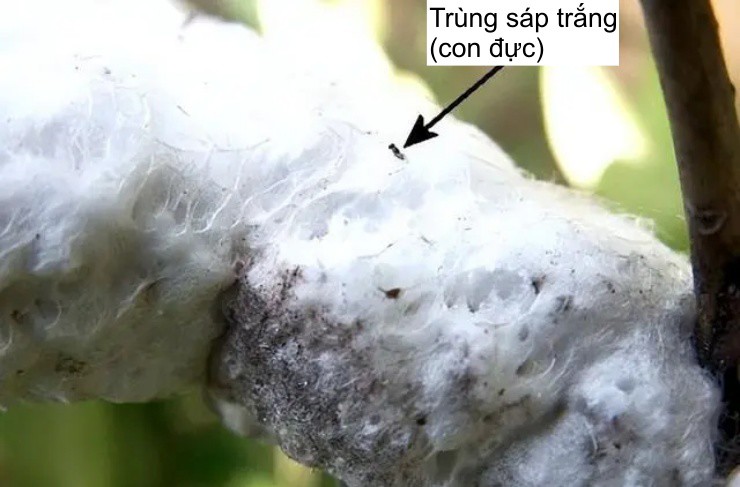
More than 10 years ago, Emei white wax was considered a provincial-level intangible cultural heritage. Currently, Mr. Vuong Tuyet Lam (living in Emei, Sichuan, China) is the inheritor of this "unique" traditional wax making technique.
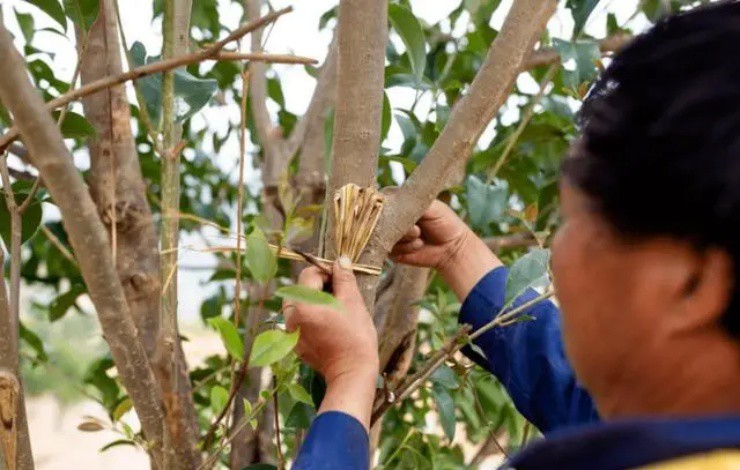
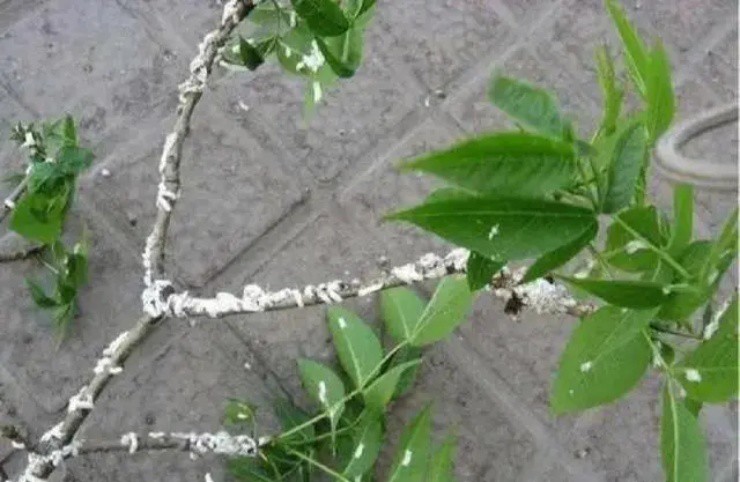
Mr. Lam is a person who raises white wax worms and crafts them by hand to create a rare wax. According to him, this wax can not only be used to make candles but has always been an important medicinal ingredient in traditional medicine. The wax can be used to treat coughs, bronchitis, and heal skin wounds.
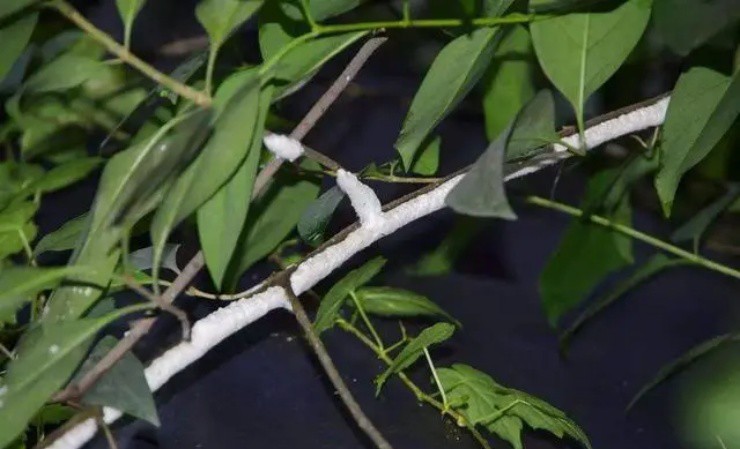
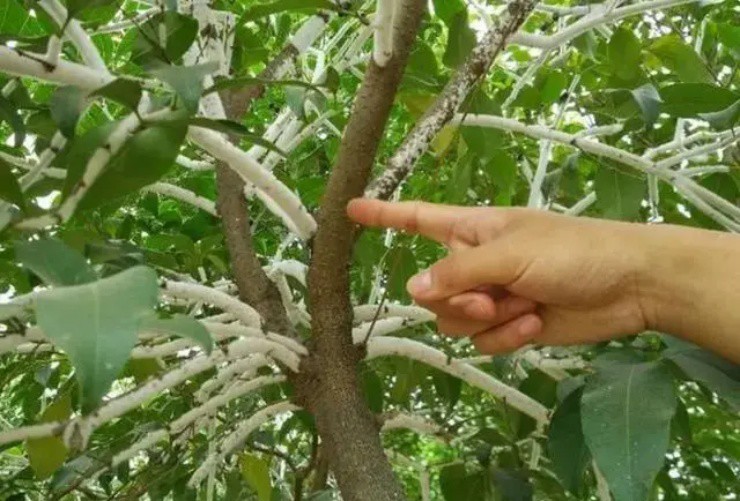
Mr. Lam shared that for over 500 years, generations of his great-grandparents, grandparents and parents have traveled everywhere to find and buy white wax worms, to lay a quality foundation for future generations of insects.
May is the busiest time of year for farmers in the region, as this is when waxwing eggs lay on plants.
Many people hearing this can't help but wonder, if there are too many insects on a tree, will they suck all the water and nutrients from the tree?
Mr. Lam said that based on his many years of experience, he will have to try to ensure a balance - not to raise too many insects and to ensure that the plants and insects live in harmony with each other.
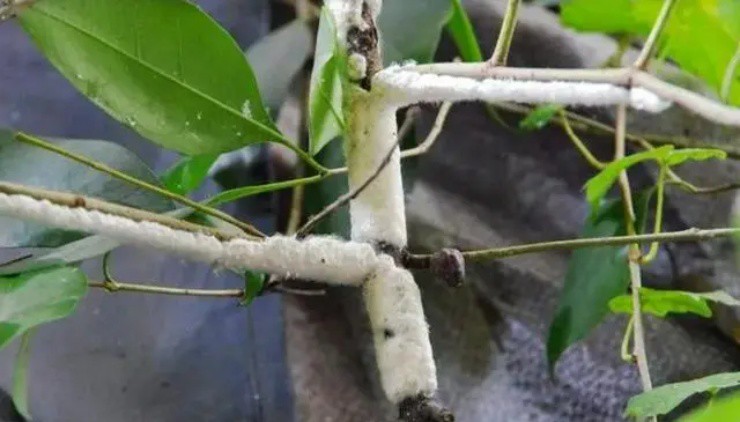
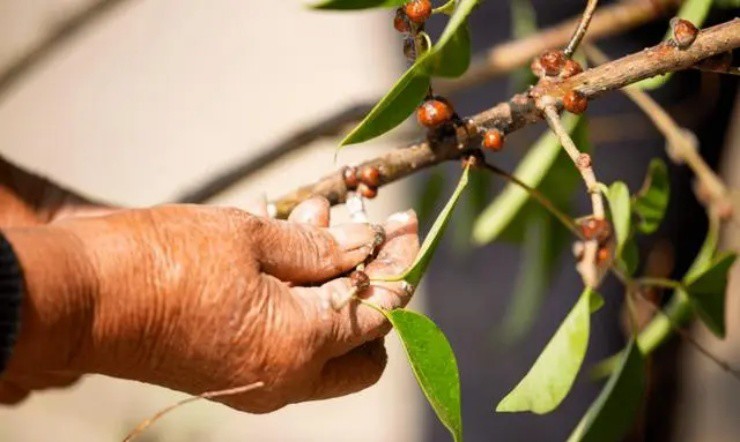
After the eggs hatch, the larvae cling to the plant and crawl up the leaves to suck up water and nutrients. After about 10 days, they will “take root” and develop.
In recent years, the price of wax worms and wax worms has increased, bringing huge profits to farmers who have worked hard to take care of them meticulously every day. The price for one kilogram of wax worms has reached 536 yuan/kg (1.7 million VND/kg).
Source: https://danviet.vn/cho-loai-con-trung-nay-bam-day-cay-tuong-ham-ham-do-do-nao-ngo-lao-nong-hut-tien-vao-nhu-nuoc-20240703120608316.htm


![[Photo] Draft documents of the 14th Party Congress reach people at the Commune Cultural Post Offices](https://vphoto.vietnam.vn/thumb/1200x675/vietnam/resource/IMAGE/2025/10/28/1761642182616_du-thao-tai-tinh-hung-yen-4070-5235-jpg.webp)


![[Photo] President Luong Cuong attends the 80th Anniversary of the Traditional Day of the Armed Forces of Military Region 3](https://vphoto.vietnam.vn/thumb/1200x675/vietnam/resource/IMAGE/2025/10/28/1761635584312_ndo_br_1-jpg.webp)










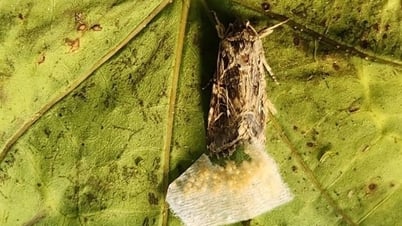
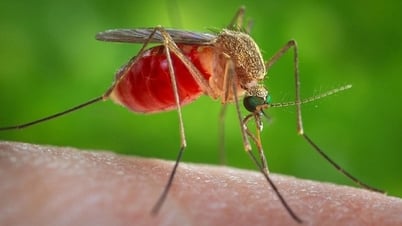
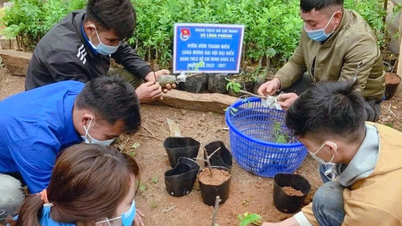






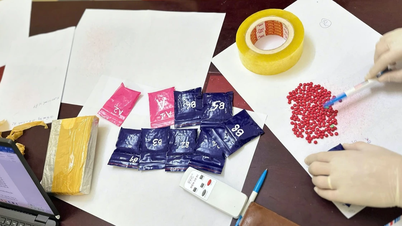





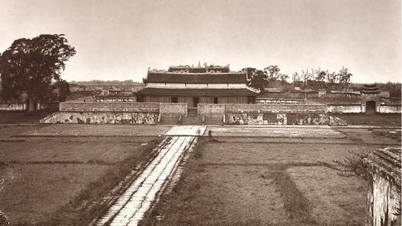




![[Photo] The 5th Patriotic Emulation Congress of the Central Inspection Commission](https://vphoto.vietnam.vn/thumb/1200x675/vietnam/resource/IMAGE/2025/10/27/1761566862838_ndo_br_1-1858-jpg.webp)


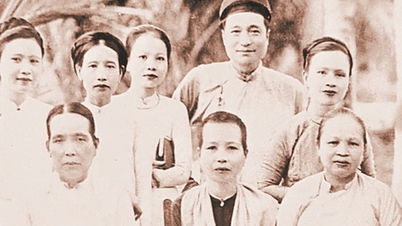







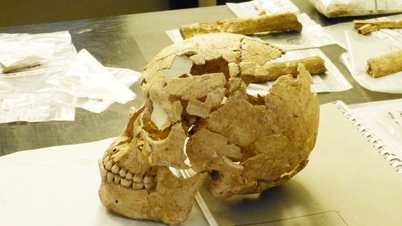




















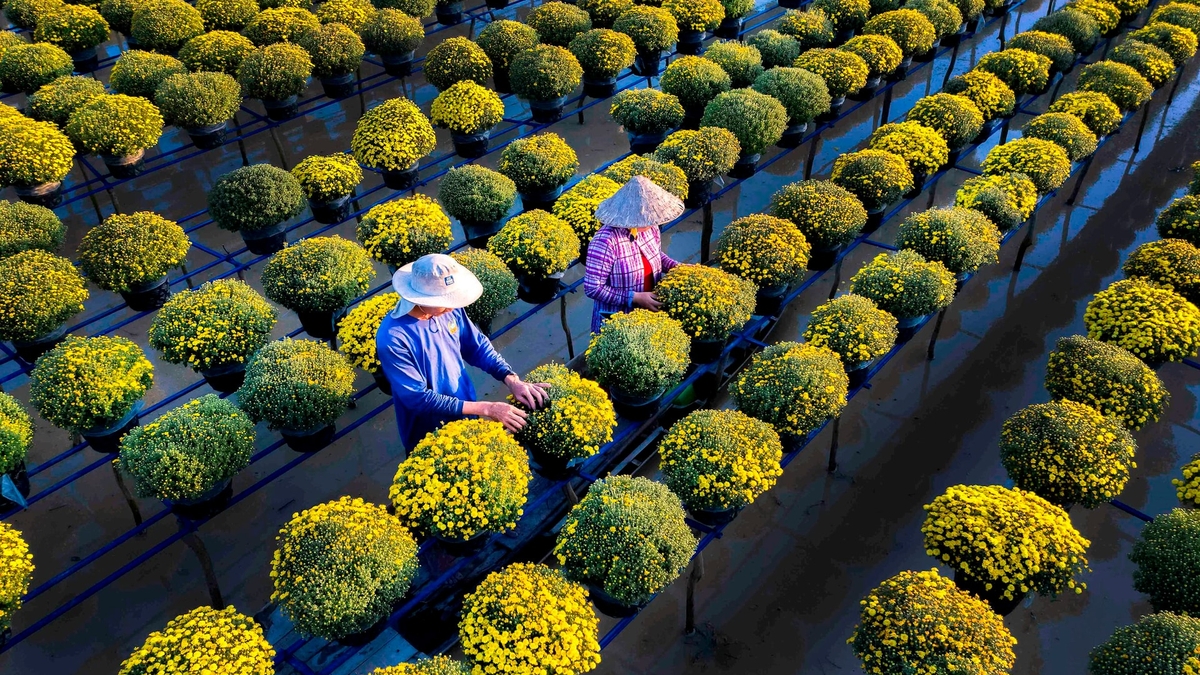

























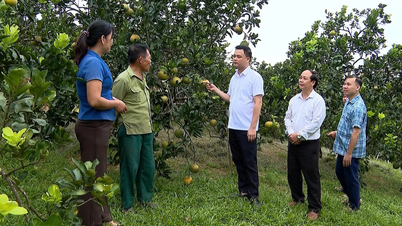



















Comment (0)